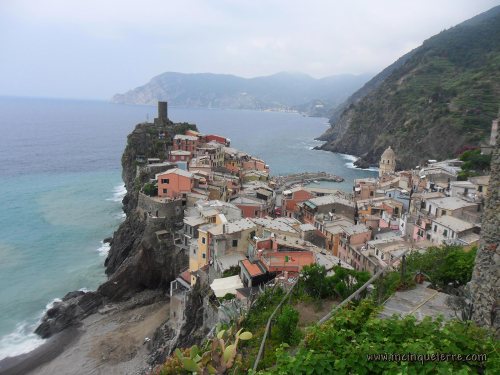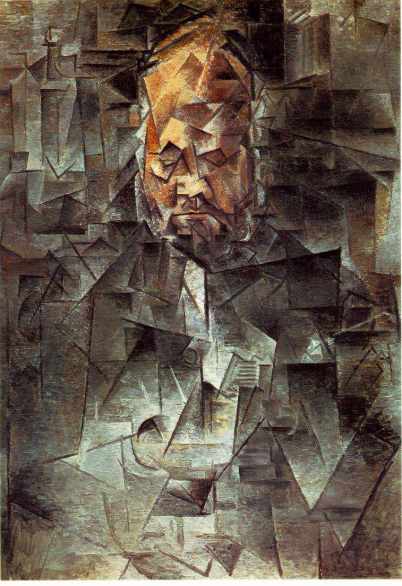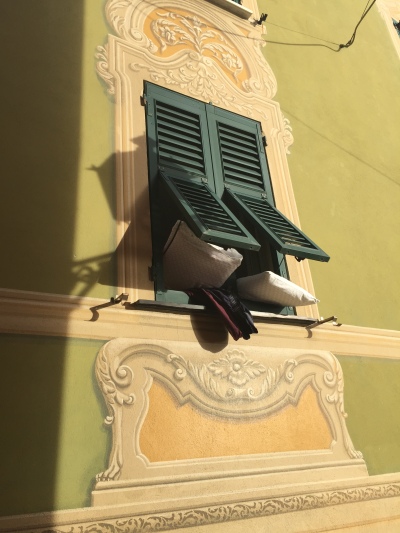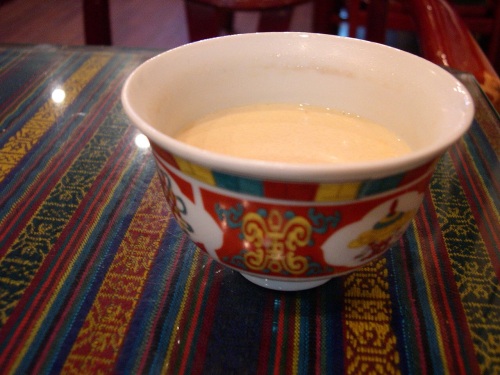Milan, 31 January 2017
Over the weekend, my wife and I took a train up to Varese, to the north of Milan. The objective of our little trip was the Villa Menafoglio Litta Panza, situated on the hills of Biumo in what were once the outskirts of the city. Built originally in the 1750s and extended in the 1830s, the Villa is a nice example of Baroque with some Rococo thrown in.


The gardens, formal in design but with a dash of English informality, are very pleasant to walk around, even at this time of the year.

But what had drawn us here was not so much the Villa itself as its collection of American contemporary art. By one of those strange quirks of history which make life so interesting, its last owner, the most Italian Count Giuseppe Panza di Buimo, had developed a passion for contemporary American art, collecting feverishly from the mid-1950s through to the early 2000s. Much of the collection is now dispersed in museums. Many American museums, for instance – notably the Los Angeles Museum of Contemporary Art and the Guggenheim Museum in New York – either bought or were grateful recipients of important chunks of Count Panza’s vast collection.
So here we were, in this Baroque-Rococo setting, taking in pieces from the very latest waves of art. It made for an interesting clash of perspectives.


But actually, the most interesting part of the Villa’s collection is housed in what were once the stables and carriage house, a building which has been stripped of any historical context: bare white walls and floors, nothing more. Works by Dan Flavin, famous for his installations made with fluorescent lights, predominate. Walking down the long corridor of this building, we found ourselves awash in the primary colors emanating from the many rooms leading off the corridor.

Each room houses one piece, like this one.

The colors are strong, almost blinding. My wife and I preferred by far this much quieter piece, housed in an almost black room.

As we advanced down the corridor, there was this luminous half-moon at the end. Was it another Dan Flavin, I wondered?

No, it was a piece by James Turrell, foremost exponent of the Light and Space movement. The artist had simply removed a piece of the external wall and what we were seeing was the blue winter sky. In a room off the corridor was another of his pieces, this time a square hole in the ceiling. We were gazing up at the winter sky, yet without any sensory clues such as clouds or trees it seemed to be an abstract painting

one where the intensity of the blue varied as we moved around the room.

It was a singularly beautiful experience.
Turrell has another piece in the Villa, an example of his earlier work exploring sensory deprivation. A small group of us stood in a room where corners had been eliminated and were bathed in light of varying colors, giving rise to optical illusions.

By another of those quirks which make life so interesting, my wife, not knowing what awaited us at the Villa, had recently booked us a slot for a session in a similar installation by Turrell at the Los Angeles Museum of Contemporary Art, when we go and visit our daughter next month. This will give us a chance to see the other pieces which Count Panza sold to the museum, like these Rothkos for instance.

At the risk of being accused of frivolity, I feel I must report on another meeting of the US and Italy which we experienced that same day. After the visit, we walked down the hill and repaired to a place called Hambù for lunch. This is a case of American fast food meets Italian design.


Or, as Hambù’s web-site breathlessly puts it, “We are not talking about the usual meat patty between two pieces of bread and sauces, but rather of a gastronomic challenge: the radical revolution of the sandwich.”
One more example of the wonderful things that can happen when cultures meet and mix. The new American president and his acolytes should take note.
_______________
Villa Menafoglio Litta Panza, exterior: http://www.shoppingandcharity.it/en/magazine/villa-panza-between-history-and-contemporary-art
Villa interior: http://www.latitudeslife.com/2010/06/dividere-il-vuoto-a-villa-panza-va/
Villa gardens: http://blog.rowleygallery.co.uk/villa-panza/
Villa interior with art: http://dogma-art.com/giuseppe-panza-collection/
Villa interior with art: http://www.flashartonline.it/article/giuseppe-panza-di-biumo/
Dan Flavin: https://www.google.co.uk/amp/s/gupansh.wordpress.com/2013/12/11/villapanza/amp/
Dan Flavin: https://www.google.co.uk/amp/s/gupansh.wordpress.com/2013/12/11/villapanza/amp/
Dan Flavin: http://blog.rowleygallery.co.uk/villa-panza/
James Turrell, half moon: my picture
James Turrell, sky painting: my picture
James Turrell, room: https://mobile.nytimes.com/2014/07/20/arts/design/panza-villa-exhibits-illusionary-works.html?_r=0&referer=https://www.google.co.uk/
LA MOCA, Rothko: http://www.panzadiscoveringinfinity.com/the-story/
Hambù: https://www.google.co.uk/amp/s/apostrofoio.wordpress.com/2015/01/22/hambu-di-varese/amp/
Hambù set table: https://www.tripadvisor.com.ph/LocationPhotoDirectLink-g194942-d7294471-i155563419-Hambu-Varese_Province_of_Varese_Lombardy.html


















































